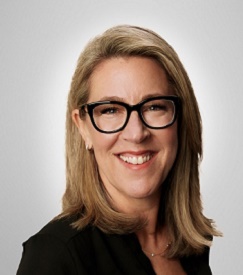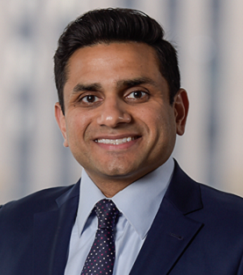For a private company looking to go public, finance executives are front and center in communicating a company’s strategy, operating performance, and financial results to research analysts and investors.
During our inaugural Finance Leaders Forum, Brandy Bergman, CEO of Reevemark, joined Mizuho Americas’ Susan Gibertson, Shaival Patel and Josh Weismer for an in-depth analysis on ‘life after listing’.
Our panelists explored post IPO trading, communication and marketing strategies, how to engage with equity analysts and how to develop relationships to build credibility to maximize valuation.
Read more key highlights from the Q&A panel discussion, moderated by Josh Weismer, below:

Brandy Bergman
Founding Partner & CEO
Reevemark

Shaival Patel
Managing Director
Head of US Equity Sales
Mizuho Americas

Susan Gilberston
Managing Director
Head of US Equity Research
Mizuho Americas
So if we talk about the day one post-IPO, when you think about allocations and how we allocate a transaction, how does that impact not only the first day of trading but the longer term trading stability of a deal?
Shaival Patel:I think the allocation process is of utmost importance. First of all, you want to make sure that you're allocating to the right investors, investors who are stable and who aren't going to flip the stock. Typically, you make sure you have a good set of long-term investors who've done the work, value the company, and believe in the vision of the management team. Investors should also have the desire to be longer-term shareholders who will support the stock through various market cycles.
A lot of that is based on senior relationships with different institutional investors and how they have transacted in the past in terms of names they have been interested in - whether that's specific sectors, market caps, liquidity constraints, overall size and/or appeal of a particular company. So I think ultimately, it comes down to making sure that you have a stable, long-term shareholder base that will be supportive of the company and management team for a long time.
What are the most crucial communications leading up to the time of the IPO?
Brandy Bergman: I think one of the things we always tell companies that we work with, namely private companies who see an IPO in their future and are planning for it, is to establish a normal course of communications in their market. At that point you don't have investors and your market is your customers, employees or suppliers and you're creating this kind of pattern of communicating. You are allowed to do that once you file your registration statement, then there's a cooling off period, but if you've established a pattern of normal course communications, you do not have to turn off the spigot. You have a business to run. You've got to continue to do what you've been doing. So that's the first thing. The other thing is your S-1. It's not an afterthought. You have got to make sure it tells the story you want to tell because you are bound by it.
It has to be everything you want to say to the market, because you're going to be living with it for a long time.
Post-IPO, how often should you be engaging with the analysts and what's the best way to connect as you think about life as a public company?
Susan Gilberston: We recommend a minimum report four times a year, but what we’d really like to see is eight times. Before you go into a blackout period for earnings, reach out to the analysts, talk to them and glean what they're hearing from their clients. They're the best conduit you have to the clients. What do clients care about? What are they talking about? What are their expectations?
Continue to have the outreach, continue to reach outside. Speak to the analysts because they will provide you with a window into what investors really care about. And at the end of the day, that's what you care about, shareholder return.

